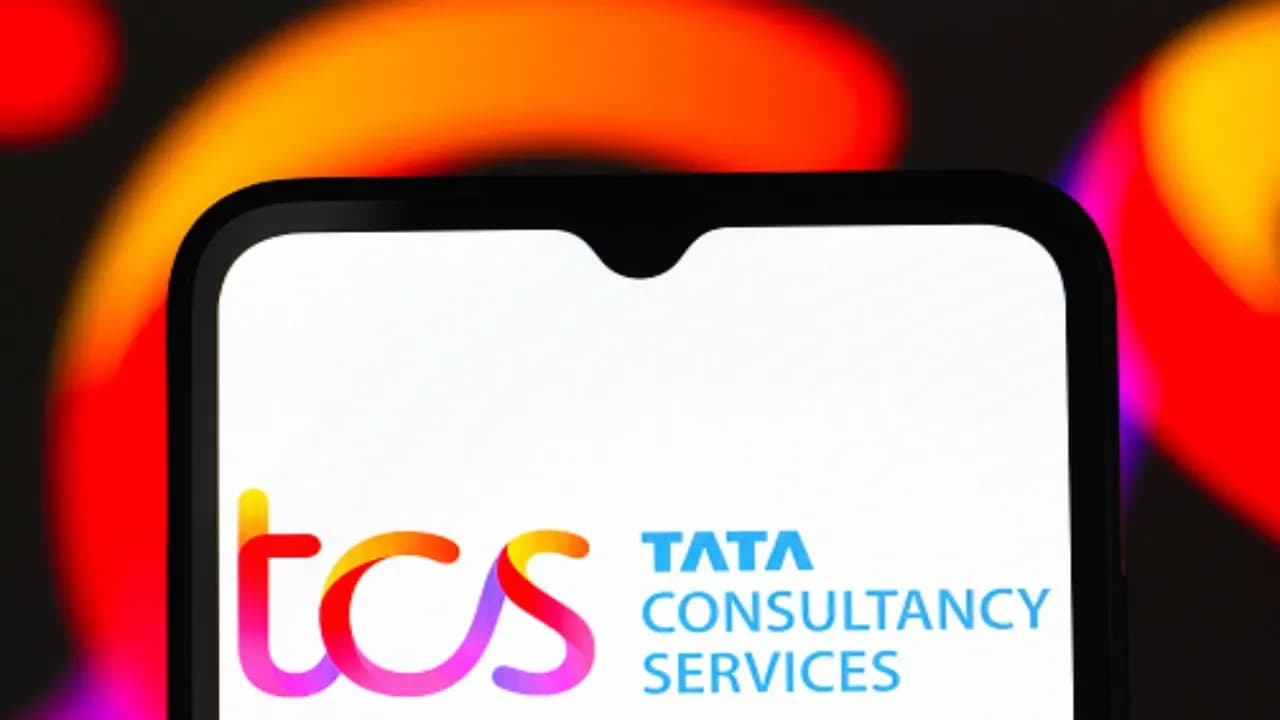The analyst advised investors to stay selective, balancing large-cap stability with mid-cap growth potential.
India’s information technology sector has evolved considerably since its early years in the 1960s, when firms such as TCS quietly coded for foreign clients. Liberalisation in the 1980s and 1990s paved the way for its growth and Y2K hysteria and the first internet bubble, cementing India as the world’s outsourcing hub.
Firms such as Infosys, Wipro, and HCLTech rode that wave, while the following decade saw cloud, mobile, and digital transformation drive another leg of expansion.
According to SEBI-registered analyst Pradeep Carpenter, the sector has weathered its share of headwinds, too.
From U.S. visa crackdowns in the late 2010s to the post-2022 slowdown brought on by cautious clients and competition from in-house Global Capability Centres, Indian IT has had to adapt at every turn.
COVID-19 gave the industry a boost as digitisation surged, but Carpenter said the next big test is already here: generative AI. While it is eroding routine work, it is also creating new opportunities for companies that can position themselves as AI integrators.
Outlook For Investors
Carpenter also said that the large stocks, such as TCS, Infosys, HCLTech, and Tech Mahindra, have long-term staying power as they are cash-rich, have large global client bases, and are in a position to invest in automation and artificial intelligence.
He added that their earnings are under pressure in the near term as legacy deals shrink and the company has to spend on reskilling, but margins would improve with investments in the coming two to three years.
Smaller mid-caps like Persistent Systems, Coforge, Tata Elxsi, KPIT may witness rapid growth if they are able to create niches in areas such as BFSI, engineering, automotive, and healthcare, but their smaller size makes them susceptible to volatility in earnings and share price, he added.
What Should Investors Do?
Carpenter suggested investors remain invested in the sector but be selective. Companies overly dependent on low-value, commoditised work such as basic testing are most exposed to disruption from AI and GCCs, he said.
Instead, he advised looking for signs of a strong AI-driven pipeline, specialised expertise, and deep partnerships with cloud or AI platform providers.
He recommended a “barbell” approach: keep large caps like TCS and Infosys at the core for stability and dividends, while adding exposure to mid-cap innovators such as Persistent or Tata Elxsi for growth.
Before buying, Carpenter said investors should check for proof points, including the share of revenue coming from AI-led services, recent wins in AI-heavy projects, employee reskilling and certifications, and whether margins are holding up during the transition.
The shift to AI-led IT, Carpenter emphasised, is a long-term story. Investors should have a three-to-five-year view, expecting near-term volatility before the benefits filter into financials.
Carpenter said that exiting Indian IT now would mean stepping away from one of India’s most competitive industries just as it is reinventing itself for the AI age.
For updates and corrections, email newsroom[at]stocktwits[dot]com.<
